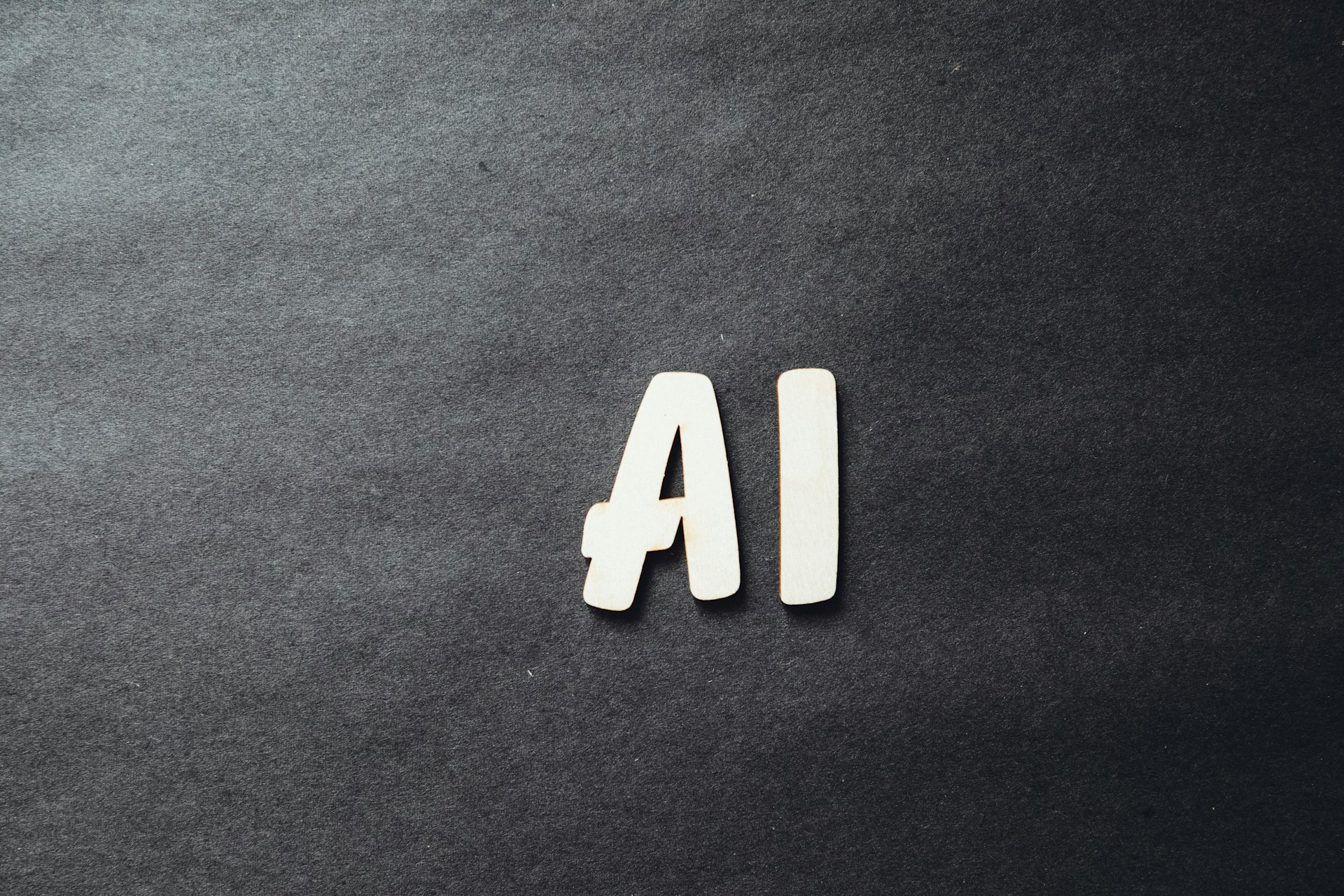The Role of AI in Advanced Cyber Threat Detection
Artificial Intelligence (AI) is another game-changer that integrates into cyberspace security. The capability of learning, forecasting, and adapting with AI brings a new promising way to solve these threats to cybersecurity. It is through machine learning and advanced algorithms that AI systems can detect patterns, identify anomalies, and, in turn, neutralize the threats with speed and efficacy that would be well beyond what human operatives could. Looking forward, AI is expected to make significant strides in predictive security measures.
Advanced machine-learning algorithms could help AI systems predict attacks based on emerging patterns in the global landscape of cyber threats before they unfold. In so doing, this predictive approach to security would significantly alter how organizations presently grapple with cyber defense. For example, cybersecurity firms can use AI to enable the processing of the aggregation and analysis of global cyber threat intelligence. Their AI system processes data from many sources to identify threats and vulnerabilities that emerge. Such intelligence could be valuable to aid clients in fortifying their defenses against new forms of cyber-attacks before the latter targets the organization.
Already, AI is transforming the landscape of cyber security. This is the ability of AI to automatically undertake sophisticated task analytics of big data sets, predicting the most likely threats to happen, in furtherance of supporting cyber criminals in our defense.
In an AI-technology blooming era, it provides enormous perks toward the security of digital infrastructures from massive cyber threats.
Real-Time Monitoring and Analysis
The best and perfect technology that monitors network traffic and systems activities in real-time. Real-time data analysis will help AI be able to detect potential threats with the anomalies that are posing a risk; this constitutes atypical access patterns, suspicious movements of data, and a lot of other indicators of compromise.
Predictive Threat Intelligence
AI systems process the history of data and current trends through big data analytics, and finally, by use of either machine or JSON machine learning, can foretell in advance the possible cyber attacks. So, from the past data and trends going on, it can forecast threat vectors and likely targets. The system, therefore, takes action on how to prevent it.
Adaptive Learning Algorithms
AI algorithms are intrinsically adaptive. They learn from the incoming new data, the changing landscapes of threats, and feedback from their environment. Hence, such continuous learning keeps AI systems always one step ahead of advanced and transforming cyber threats.
Automated Response to Threats
Such systems are also capable of automated responses when a threat is perceived. These may range from isolating affected systems to deploying patches or updating firewalls. Automating such things means, of course, not only reducing human effort but also helping in the instant containment of the threat, thus reducing the window of vulnerability.
Objective Risk Assessments
The rating of the security posture an organization has to an AI-driven cyber rating simply means an AI algorithm. These assessments become way too objective and consistent than traditional methodologies because they refer to a massive set of data points and a less biased analysis through an algorithm.
Dynamic Cyber Health Scoring
AI can provide dynamic scoring of an organization’s cyber health. It covers effectiveness in the measures of security taken, the chance that the breach is to be experienced, and impacts of such incidents. The real-time scoring system helps organizations to understand their security standing and make proper informed decisions.
As we look to the future, AI’s role in cyber threat detection is set to grow even more integral. Continued advances in AI and machine learning will enhance the future capability against highly sophisticated cyber threats via detection and counteraction. However, this pathway would also demand a continuous vigil toward the correct, ethical, legal, and technical challenges that come from deploying AI in so critical a field. The future of cyber security in the AI era means more than technological development. It translates to international cooperation, continuous learning, and adaptation to the dynamism of the digital environment.
Article by Avi Bartov, CEO and Co-Founder of Menaya

Solutions
Our solutions
Cyber Detection
Cyber Security Rating
Resources
Articles
FAQ
Glossary
Company
About us
Our offices
MSSP Partners
Insurance partners
2022 © Menaya inc.
Company
About us
Our offices
Resources
Articles
FAQ
Glossary
Partners
Become a partner
MSSP Partners
Insurance partners
2022 © Menaya inc.
2022 © Menaya inc.